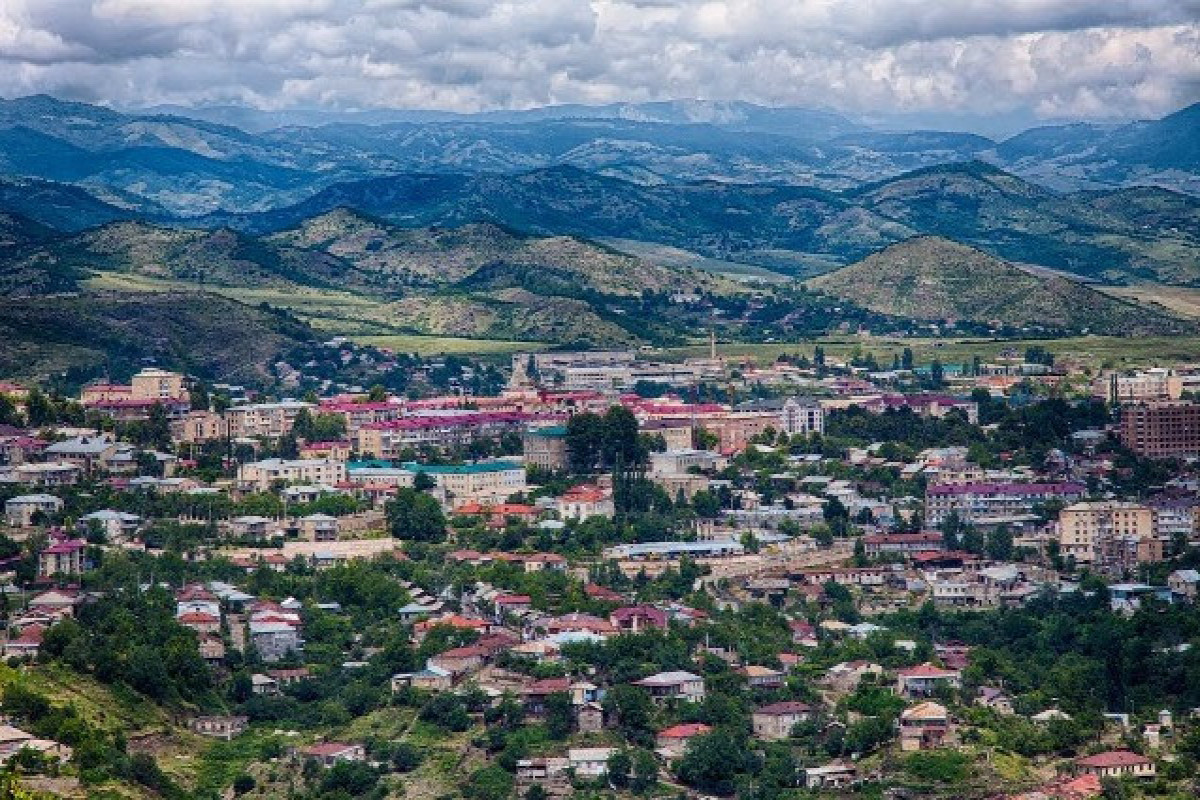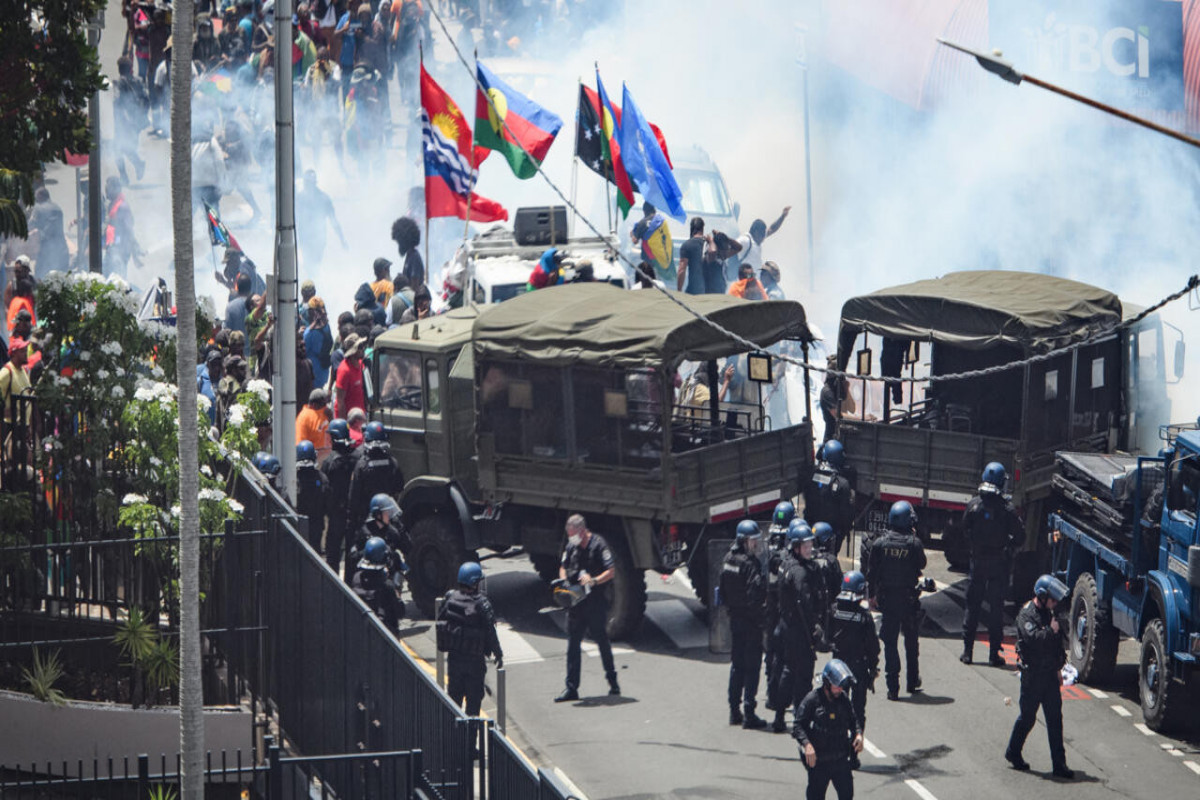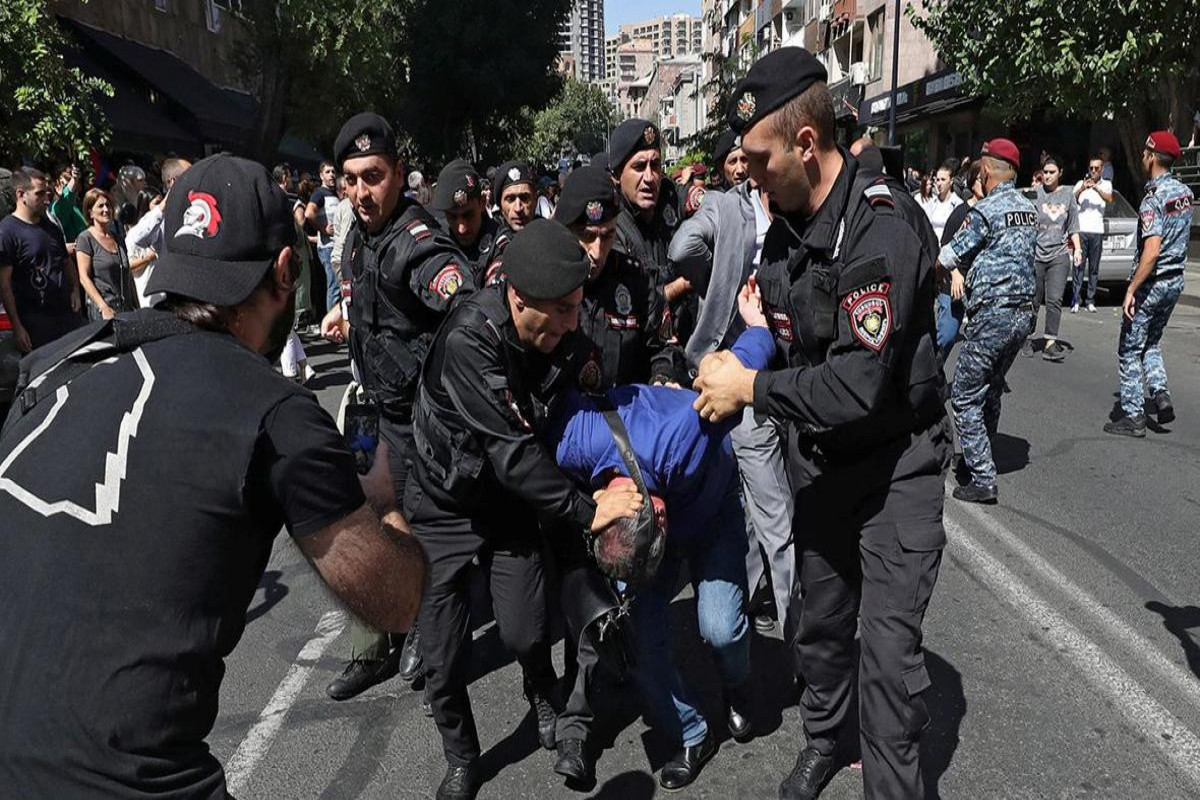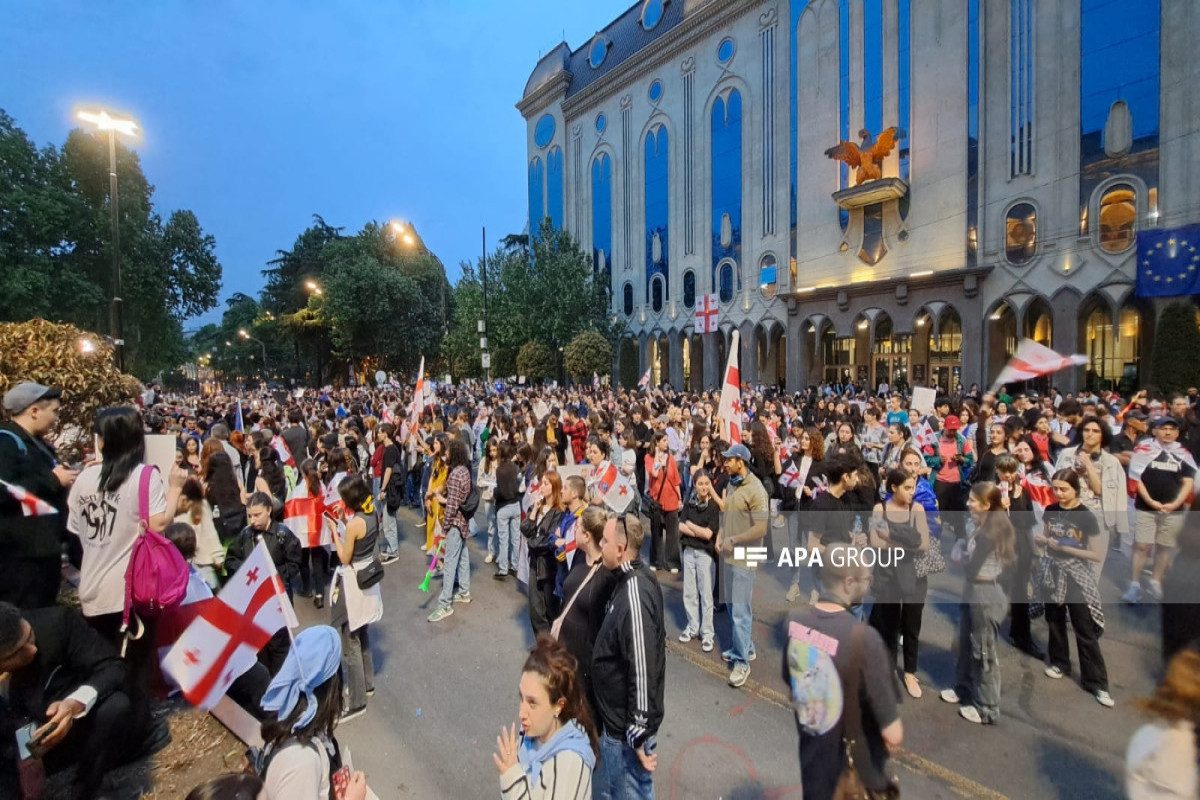Today - on September 28, Armenian separatists in Azerbaijan's Garabagh have announced the elimination of the illegal regime on the territory of Azerbaijan.
The expression of "Nagorno-Garabagh Republic" will be, both de facto and de jure, sent to ash heap of history from January 1, 2024. It is true that the transfer of Garabagh to the full jurisdiction of Azerbaijan was clear from the local anti-terrorist measures that took place on September 19-20, and the decision made by the capitulated separatists in the person of Shahramanyan could not have any effect on it, the dictating party in this matter was Azerbaijan, and the process was fully under the control of our military and political leadership, however, the fact that they themselves have given up on the separatist fantasy and abolished the illegal institution they created in 1991 adds additional nuances to the process and Azerbaijan's Victory.
It is very difficult to assess the historical significance of this event.
APA reminds that what happened means the collapse of the separatist movement that started openly in Garabagh on February 13, 1988, and the "Miatsum" principles, which the ruling circles of Armenia turned into the official state ideology for years.
In a broad sense, this means the end of a part of the "Armenian project" founded in the region by the Gulustan and Turkmenchay treaties signed between the Russian and Iranian empires 200 years ago.
This was the first step to legitimize the "Armenian project" by establishing the province of Armenia in place of the Nakhchivan and Iravan khanates, which were abolished on March 21, 1828, by the decision of Emperor Nicholas I.
The settlement of 57,000 Armenians in Yerevan and Garabagh with the Treaty of Turkmenchay signed in 1828 and the Treaty of Edirne signed in 1829 is also a historical fact.
At the same time, it is known from historical sources that tens of thousands of Azerbaijanis were removed from that region.
It is not by chance that the Armenians who came to Garabagh from Iran in 1828 celebrated the 150th anniversary of their resettlement to the Maragha village of the former Aghdara region in 1978 and erected a monument like this. However, the Armenians later destroyed that monument in order to hide the fact that they were moved to the region from Iran and Turkey.
Similar steps were taken in Nakhchivan and Garabagh in parallel with the attempt to rapidly Armenize Iravan, Goycha, and Zangazur. As a result of these steps, for example, according to the statistics of 1897, 71,200 Azerbaijanis lived in Zangazur, but in 1922, their number decreased to 7,000.
The same processes continued in almost all regions, including Garabagh. During the ethnic conflicts that began in the Caucasus in 1918-1920 with the collapse of the Russian Empire, the population of Zangazur, Iravan, Darelayaz, Goycha, and Garabagh were subjected to serious ethnic cleansing. Tens of thousands of Azerbaijanis were killed, and hundreds of thousands of people were forced to leave their homes.
As a result of this ethnic policy, when Azerbaijan was invaded by the Bolsheviks in 1920, the territorial division served only Armenian interests.
The separation of Zangazur from Azerbaijan and joining it with Armenia, the creation of the artificial Nagorno-Garabagh Autonomous Region (NGAR) for the Armenian population in the historical Garabagh region of Azerbaijan also served this policy.
Created in 1923, NGAR was a long-term mine placed by the Soviet Union inside Azerbaijan.
Although NGAR remained quiet in this role for many years, it became active in the second half of the 1980s with the "reconstruction" policy announced by the USSR leader Mikhail Gorbachev. Gorbachev actively used the Armenians living in Garabagh to prevent the independence movement in Azerbaijan and other allied countries and to keep Azerbaijan in his sphere of influence.
Mikhail Gorbachev's economic affairs assistant Abel Aganbekyan's speech in France in 1987 with the following content foreshadowed the future great disasters: "I would like Garabagh, located in the northwest of the republic, to belong to Armenia, it is more connected to Armenia than to Azerbaijan. I have a proposal in this direction. I have put forward, I hope that this problem will be reflected in the conditions of reconstruction and democracy".
After that, on February 13, 1988, an anti-constitutional rally of Armenians was held in Khankandi with the demand for the integration of Garabagh into Armenia.
On June 14, the Supreme Soviet of the Armenian SSR adopted a decision on the "incorporation" of the NGAR into the Armenian SSR. In protest, the Supreme Soviet of the Azerbaijan SSR reconfirmed the NGAR as part of the Azerbaijan SSR on June 17. On July 18, the Presidium of the Supreme Soviet of the USSR made a decision that it was impossible to change the national-territorial division of the Azerbaijan SSR and the Armenian SSR. With this, the Supreme Soviet of the USSR defended the principle of territorial integrity of the republics, guided by the relevant provision established in the Constitution of the USSR (Article 78).
However as the overall state structure of the USSR weakened, the situation in the region worsened. As a result of this, the Armenian diaspora and its lobby, in addition to influencing the course of the conflict, carried out propaganda work based on fictitious claims in the countries where they operated and tried to direct them to a solution to the conflict in accordance with their interests.
On September 2, 1991, the so-called "Nagorno-Garabagh Republic" was declared within the borders of the NGAR and the Shaumyan (rural) district of the Azerbaijan SSR, and on December 10, a "referendum" was held. It was clear that Armenia, taking into account the prospect of the collapse of the USSR, was trying to implement its activities according to a special plan in order to pretend that it was not a party to the conflict and thereby confuse international opinion.
After that, the conflict went to the open level, and in 1991-1994, the Armenian army occupied 20% of the territory of Azerbaijan, and more than 1 million people became refugees and internally displaced persons.
The Bishkek agreement, signed in May 1994, brought a temporary lull in the conflict. The state of Azerbaijan, which did not come to terms with the occupation of its territory, paid great attention to the construction of the army in the next 25 years, and in April 2016, it revealed that it would not come to terms with the fact of occupation with a local military operation that lasted for 4 days. In those battles, important heights were liberated in the direction of Tartar and Jabrayil regions. Then, with the "Gunnut operation" in Nakhchivan, our army gained strategic heights. Finally, on September 27, 2020, the Azerbaijani Army started the Patriotic War for the liberation of our lands by the order of the Commander-in-Chief Ilham Aliyev.
As a result of the 44-day military operations, Azerbaijan freed the cities of Jabrayil, Fuzuli, Hadrut, Zangilan, Gubadli, and Shusha from an occupation that lasted for nearly 30 years. At the same time, with the capitulation of Armenia on November 8, he liberated Kalbajar, Lachin, and Aghdam without a fight. The Azerbaijani Army won a complete Victory and in the following years took targeted diplomatic and military steps to disarm the units of the Armenian army in Garabagh and the formations of the separatist organization.
Not understanding the lack of prospects of the "Armenian project" in Garabagh, Armenia the leaders of the so-called organization went to further escalations and forced Azerbaijan to take local anti-terrorist measures on September 19-20, 2023.
As a result, the Azerbaijani Army quickly destroyed the units of the Armenian army in Garabagh and the illegal military units, forcing them to surrender on the terms of Baku.
The Garabagh Victory of Azerbaijan put an end to the conflict created 200 years ago and sealed the fate of the region with Azerbaijan forever.



 ANALYSIS'>
ANALYSIS'>

 ANALYTICS'>
ANALYTICS'>
